PORSCHE 911 Turbo: A Timeless Masterpiece at Diamonds by Raymond Lee
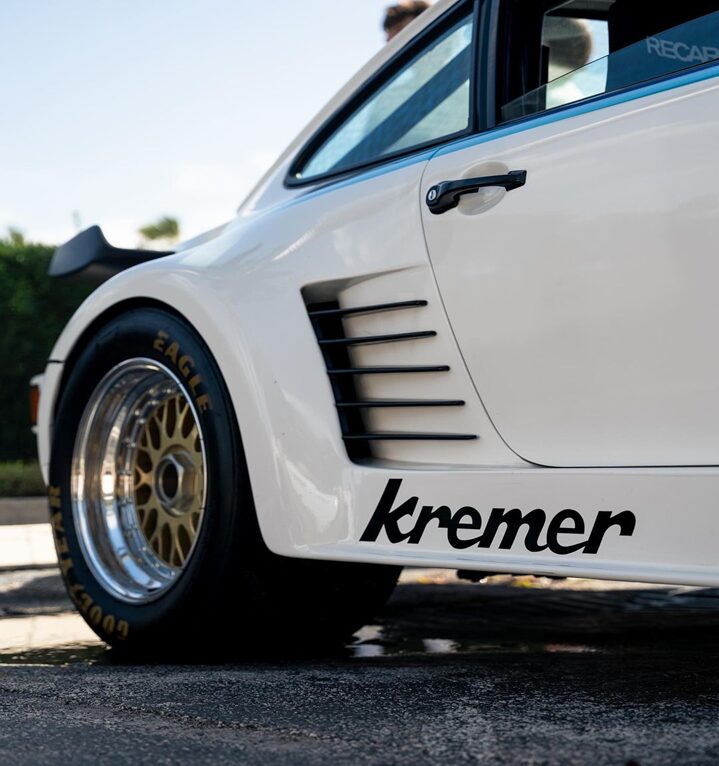
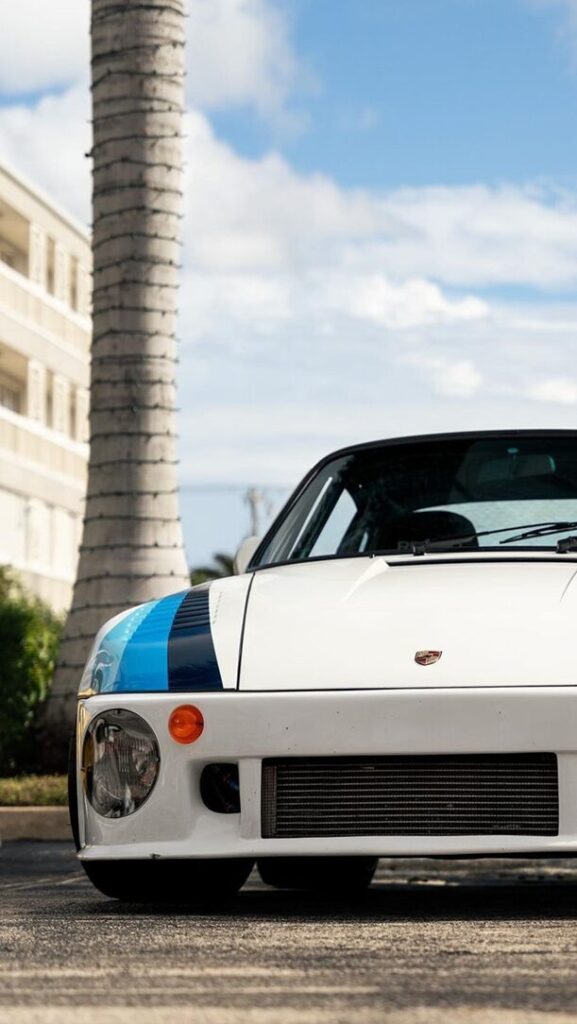
Porsche 911 Overview
Between 1975 and 1989, Porsche developed a turbocharged edition of their highly successful Porsche 911 sports cars. Typically designed with a 3.3L turbocharged engine and creating an impressive 600 HP, this model instead sports a 3.5L turbocharged engine. The design and power of this car earns its spot as a popular collector’s item and a wonderful high-performance track car. This is an extremely impressive vehicle, and at the time, was the fastest production car available in Germany. The Kremer Porsche 930 is a timeless work of art.
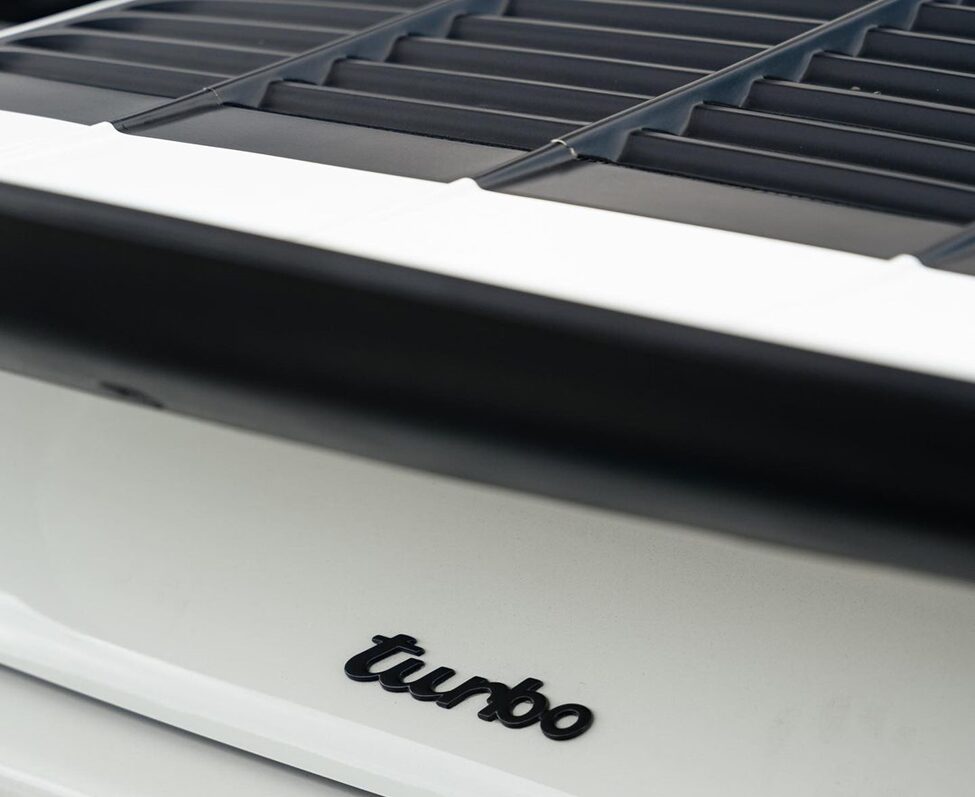
Specifications
Engine: 3.0L 930/50 turbo H6 or 3.3L 930/60 H6
Transmission: 4-speed manual or 5-speed Getrag G50 manual
Performance: 0-62 mp/h in 5.4 seconds
Torque: 318 lb ft
Top Speed: 155.3-173 mp/h (European Model); 150-165 mp/h (US Model)
This iconic Porsche model was dubbed “The Widowmaker” due to the deaths and crashes attributed to the car. It is prone to oversteering and turbo-lag due to the rear-engine layout and short wheelbase of the vehicle. The car was so heavy in the rear that inexperienced drivers applying too much throttle would cause the car to swing like a pendulum and would spin out. Porsche 911 drivers at Porsche corporate are required to take a “Turbo Training” class prior to driving these powerful cars.

Production of the Porsche 911
In the 60’s, Porsche started to experiment with turbocharging engine technology on their cars, and in 1972, began on the first Porsche 930. The turbocharged track car was originally produced in order to comply with homologation requirements for street legality. They wanted to explore the market of street-legal race cars, like the 1973 Carrera 2.7 RS. Porsche paved their way through the market with this vehicle and opted to create something that the European highways had never seen before. With that, the Porsche 911 turbo was thrust into production in 1975 and quickly became a hit among car enthusiasts. Four hundred 911 cars were produced during 1975, and the 1,000th 911 was completed on May 5th, 1976.
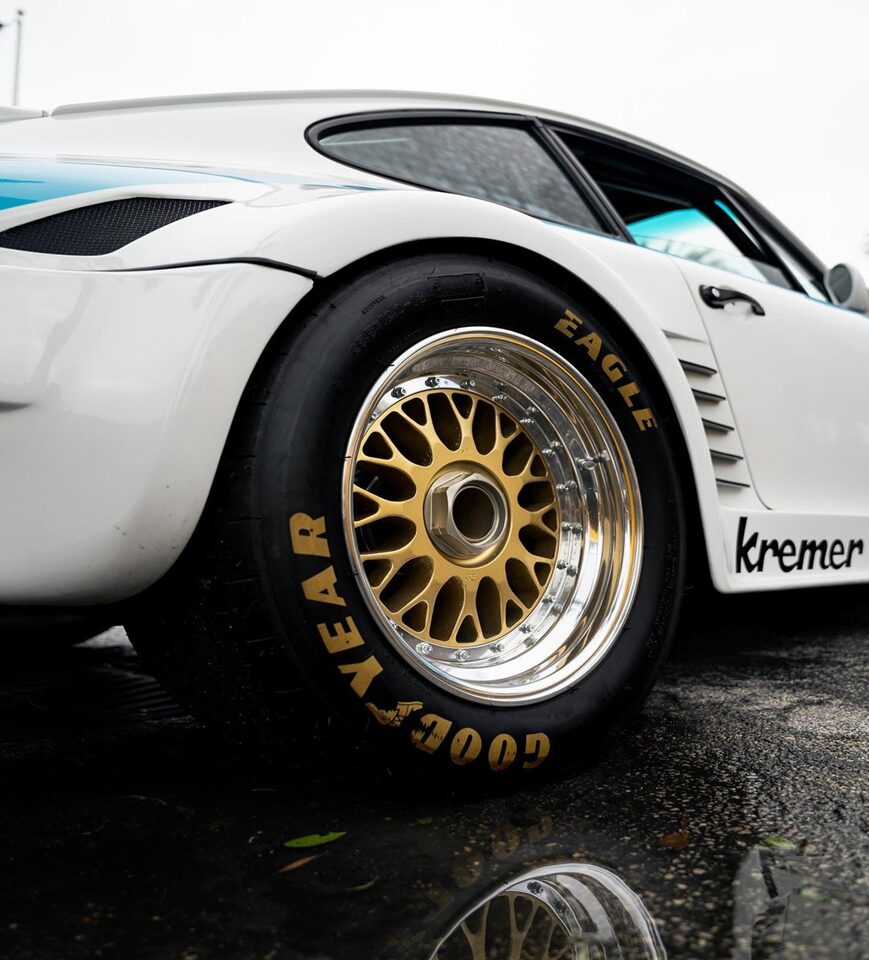
History of the Porsche 911
The Fédération Internationale de l’Automobile (or the FIA), developed Appendix “J” rules, which allowed the Porsche 911 Turbo Carrera RSR 2.1 to enter competition in 1975 and 1976. The new FIA rules required Group 4 and Group 5 cars to be production cars available to the public through manufacturer dealer networks. The four hundred 911 production quota was due to the 1976 season regulations in which manufacturers needed to produce four hundred cars in a period of twenty-four months to gain entry to compete in Group 4. Porsche ended up entering the 934 into the entry pool for Group 4. For Group 5, Porsche ended up developing one of the world’s most successful racecars, the Porsche 935.
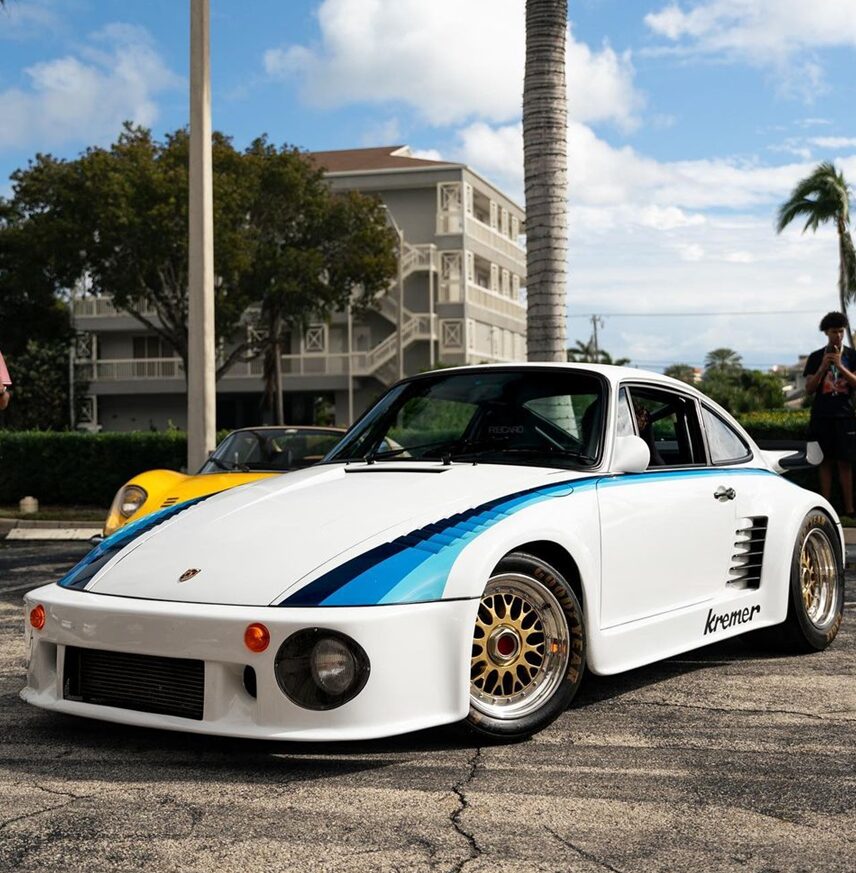
The First Turbo Porsche 911
The first Turbo model was gifted to Ferry Porsche’s sister, Louise Pieche, for her 70th birthday. This model is dubbed the “911 Turbo No. 1”. This car has a unique model, where the design of the large rear spoiler seen in later production models was paired with the narrow body of the Carrera. This model still hosts the lettering of the Carrera on the back, despite being a 911. The Porsche 911 Turbo No. 1 also has a different engine. It hosts a 2.7L boxer engine with 240HP in absence of the 3.0L that the model is known to have. Despite this, the 911 turbo No. 1 is iconic even with the lack of HP. The title of ‘the first 911’ makes it a highly desired vehicle to any car enthusiast.
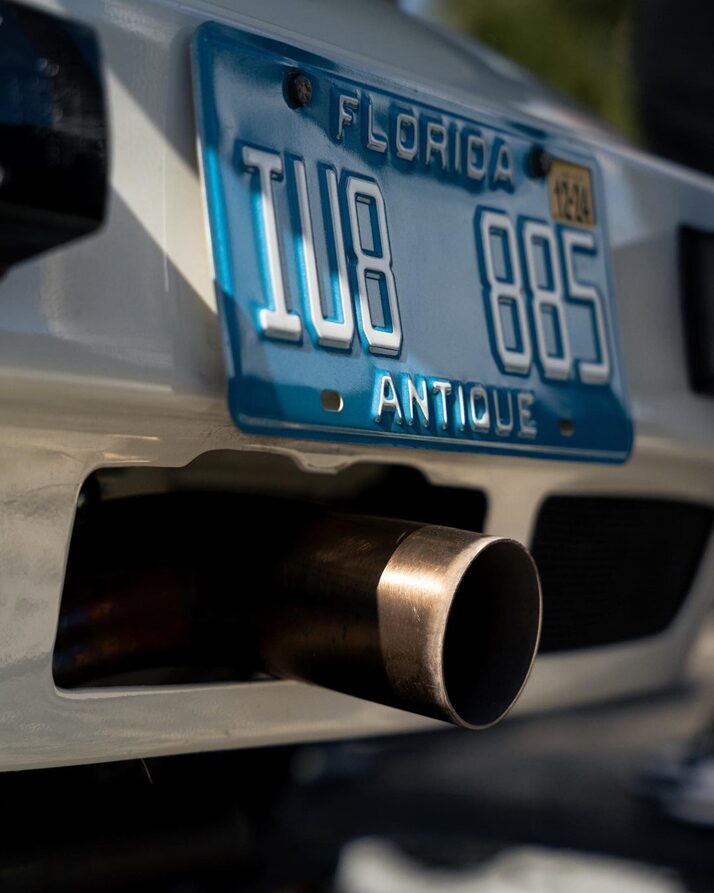
Turbo Technology and Specifications
The turbo technology utilized in the Porsche 911 was originally developed by Ernst Fuhrmann for the 917/30 CAN-AM car and applied it to the 3.0L that was utilized in the Carrera RS 3.0. This design was dubbed the 930 by Porsche and utilizes a singular KK&K turbocharger. The engine outputs 256HP, and 243 lb ft of torque. Despite not sounding very impressive, it was a huge leap from the standard Carrera that it was modeled after. In this model, a suspension revision, larger brakes, and a stronger gearbox were established in the model to ensure that the vehicle could make use of the higher power output. Some consumers were displeased with the four-speed transmission provided in this model due to a five-speed manual being available in the Carrera, which was a lower trim. A rear spoiler in the “whale tail” design was installed to compensate for the lack of stability in the car. The spoiler allowed for more air to vent into the engine and created more downforce at the rear. In addition to this, wider rear wheels and upgraded tires with flared wheel arches were implemented in order to increase the width and grip of the car for stability.
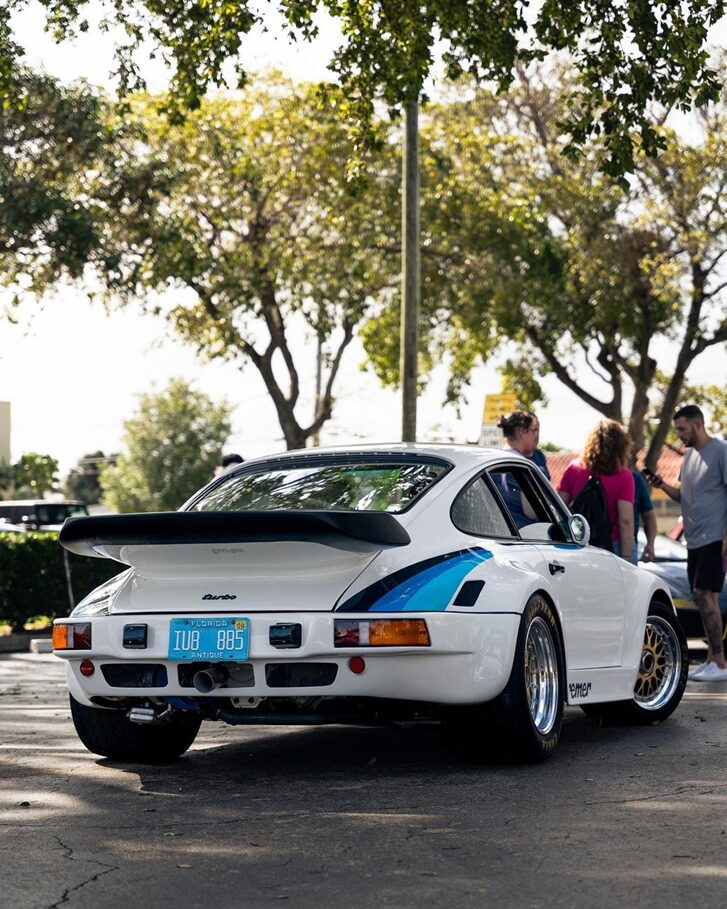
Changes to the Porsche 911
The Porsche 911 has gone through many design changes, the most significant being to the 930, which was coincidentally the first ever change to the model. The engine bore was enlarged by 2mm for a displacement of 3,299 cc and added an air-to-air intercooler. The intercooler was placed in order to cool off the pressurized air charge, which increased the power output to 296HP to 5,500 rpm and a powerful 304 lb ft of torque at 4,000 rpm. The iconic whale tail spoiler was raised slightly and re-profiled for the intercooler. The new height and profiling of the spoiler dubbed it the “tea tray” spoiler by fans of the car. The suspension was given anti-roll bars, in addition to larger diameter rear torsion bars and firm shock absorbers. These safety features present in the remodel were due to the safety concerns in the original model and how back-heavy it was. The brakes were upgraded to a similar unit that were utilized in the 917 racing model. These new features created a more comfortable driving experience compared to the poor handling of the earlier 3.0L model.

Diamonds and Donuts at Diamonds by Raymond Lee
This Porsche and many more one-of-a-kind cars were presented at the Diamonds and Donuts car show. This is a bi-annual car show held at Diamonds by Raymond Lee. If you missed this summer’s car show, there will be a toy drive hosted in December. If you are interested in seeing amazing supercars and other beautiful vehicles like this in person, make sure to stop by!


